1. The Capital’s Main Gates, Valletta
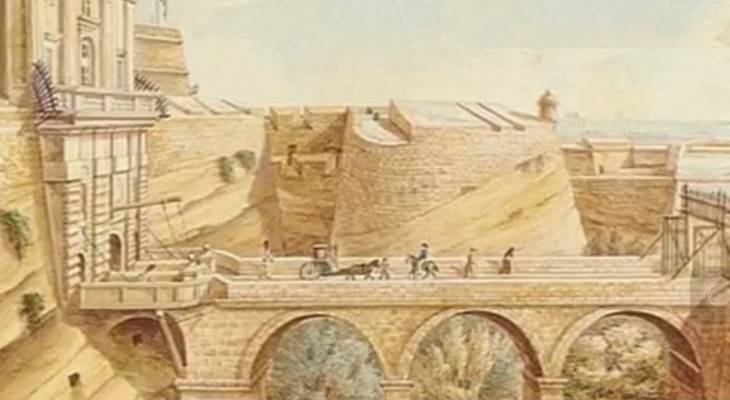
The 1653 city gate. Copyright c/o vassallohistory.wordpress.com/valletta-entrances/
Today, we may already be used to the open entrance to the capital – with the Triton Fountain crowning the way – but the site has been transformed numerous times over the years as the city’s gates were created and then demolished, with the present incarnation being the fifth. The first, Porta San Giorgio, was completed in 1569, fitting in with the Knight’s design for the city; Tommaso Dingli reworked it in 1632 to include a dry moat outside the capital’s walls, and a drawbridge was even included! When the British came, a new gate – known as Kingsway - was designed consisting of two main arches, flanked by two smaller ones and, on independence, a new entrance was unveiled – one which was the source of some scorn and displeasure from the public. Today’s much-improved version, however, gets the definite thumbs-up!
2. The Royal Opera House, Valletta
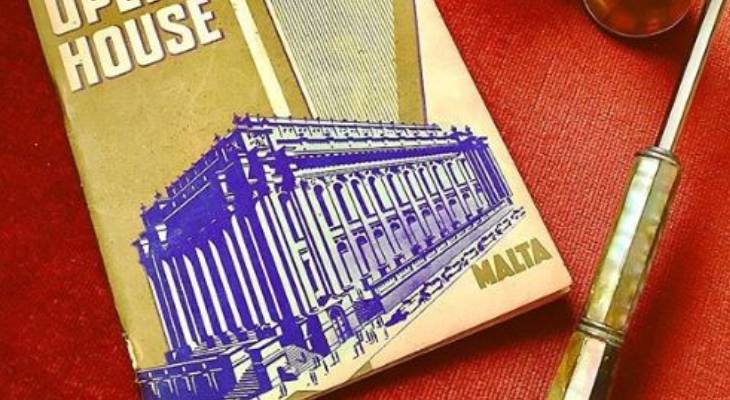
brownandbrownvintage / Instagram
Designed by the architect of Covent Garden Theatre, Edward Middleton Barry, the Royal Opera House greeted anyone who entered the capital from 1866. It quickly became one of the most iconic buildings on the island, able to host 1,300 people, but it seems to have been cursed. In 1873, just six years after it first opened its doors, a fire irrevocably damaged the interiors and it was rebuilt and reopened in 1877. Sixty-five years later, it was bombed by Luftwaffe planes and reduced to rubble, becoming a car park for decades until Renzo Piano incorporated it into his new designs for the entrance of the capital. And, today’s Pjazza Teatru Rjal (literally translated as Royal Theatre Square) was born.
3. The Gourgion Tower, Xewkija, Gozo
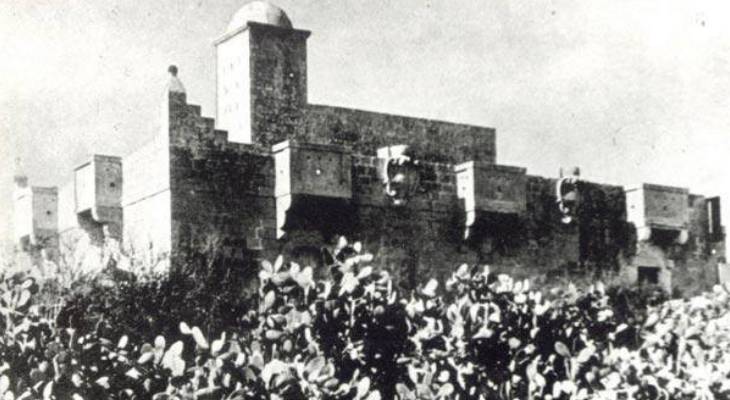
History and archeology - Malta / Facebook
The 1940s saw immense trauma inflicted on the Maltese archipelago, with bombers swooping in for the kill, battering and destroying historical landmarks across the three islands. But some iconic structures were knocked down intently as part of the war effort against the Axis. The Gourgion Tower, first built in 1690, was one of these. In 1943, American forces stationed on the island cleared it to make way for an airfield which would serve the Allies in the invasion of Sicily. It is said that the Americans marked all the stones for a potential rebuild following the war, but the original owners decided to opt for financial compensation instead. Today, the stones are said to be in storage at Heritage Malta.
4. The Chalet, Sliema
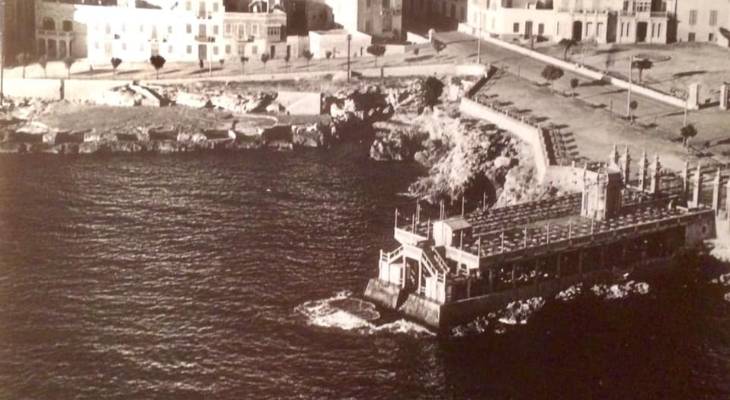
Sliema Past Times/ Facebook
The Sliema club, known as the Chalet, right on the waterfront at Ghar id-Dud, in the area of Qui-Si-Sana, has gone down in local legend. Opened in 1926, the art nouveau building was the centre of entertainment and class in mid-twentieth century Malta. On the 15th May 1926, the Malta Chronicle reported that, "(The Chalet) is beautifully constructed in reinforced concrete on a jutting rock with two spacious storeys, having accommodation for refreshments, dancing, bathing, etc. for hundreds of people at one time. Enjoyable music is provided by an excellent orchestra." Unfortunately, it deteriorated over time, and it was hit in an air raid in 1942, reopening in 1944, but deemed structurally unsafe in 1959. It closed permanently in 1963. Today only the base remains!
5. The majestic houses on the seafront, Sliema
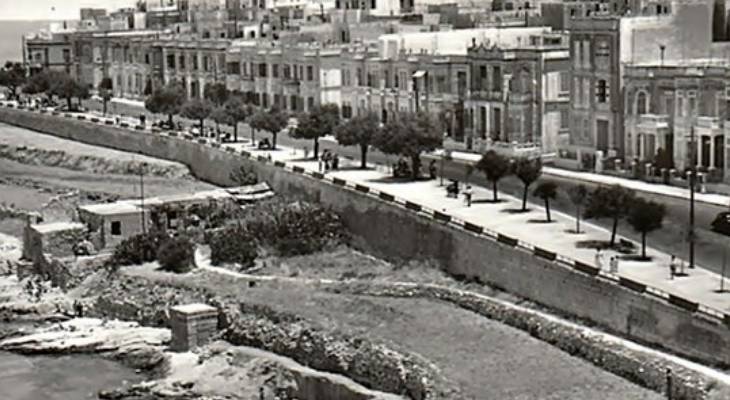
Malta Vintage History & Ray Pisani on Sliema Past Times / Facebook
What should be considered a national tragedy is the wholesale demolition of the elegant townhouses on the seafront in Sliema (coming from the Maltese word, sliem, meaning peace). These were mainly built by the British and over the past few decades – starting even before independence – they have been knocked down to make way for towering blocks. Today, as the Sliema skyline is punctured with tens of cranes, we wonder when the onslaught will end.
6. Villa St Ignatius, Balluta, Sliema
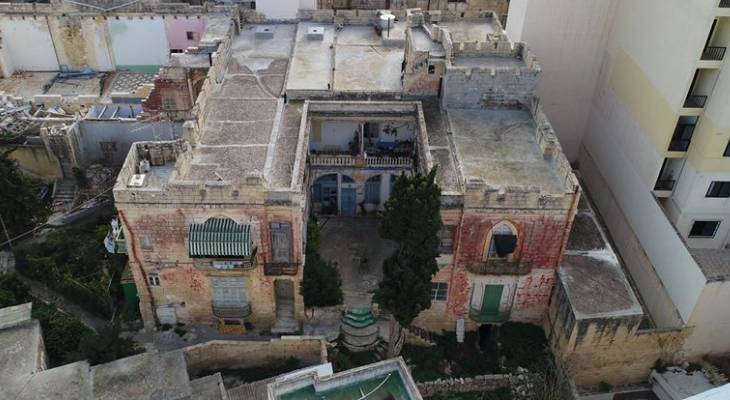
Sliema Heritage Society / Facebook
Another wound for those who value history and our heritage, Villa St Ignatius – otherwise known as the old Jesuit college in Sliema – was meant to be preserved, with permission being given only for the removal of dangerous elements, but a court order was violated and a whole part of the building was cleared. Built as a country house and farm in the 19th century, the villa was an example of Gothic Revival architecture and presided over St Julian’s Balluta Bay. It was also used as a protestant college, before the Jesuits moved in, but the college closed down in 1907 and the building reopened as a hospital in 1915, eventually serving as a refuge for Russian emigres fleeing the revolution.
7. Palazzo Fremaux, Zejtun
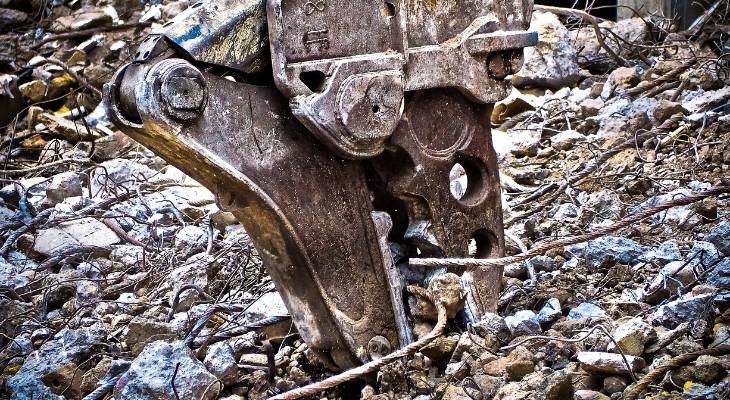
This building (of which there are no images!) was used as a hospital at the time of the French occupation of Malta, at the close of the 18th century, and was placed on the antiquities list in 1925. In 1990, it was even scheduled as a grade 2 building. But, in 2003, the last piece of this well-known site – the façade, which had been protected - situated in the village of Zejtun, was pulled down, wiping it from the face of the island. In its stead, a modern development was erected.